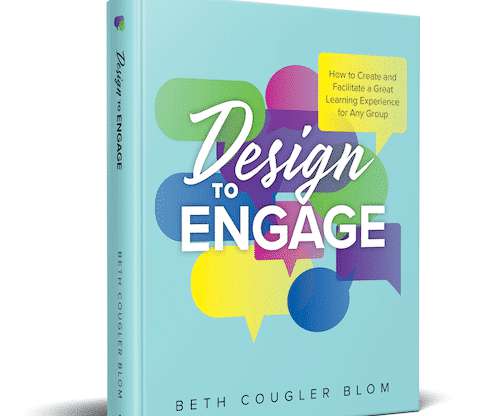Design for active learning: Tips for nonprofit facilitators
Charity Village
MAY 14, 2021
To start designing for active learning, consider your session as an opportunity for you to share what you know with participants but also a chance for them to share what they know with each other. In active learning environments we aim to bring everyone’s experience and knowledge into the room, not just the facilitator’s.











Let's personalize your content